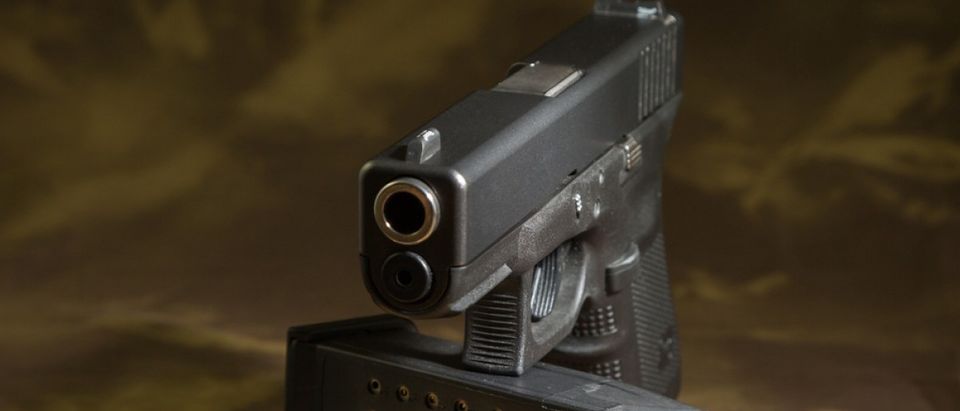By Sam Hoober, Alien Gear Holsters
A number of people have conditions that impair hand strength or function, some folks are just old and some folks just don’t have much hand strength to begin with.
It goes without saying – but will get mentioned anyway – that a person who cannot safely handle or operate a firearm has no business with one.
With that said, the ravages of time spare few people, leading some folks to eventually need a different carry gun or don’t find too many carry guns to their liking. Now, some conventional wisdom actually applies, but some definitely does not, depending on circumstances.
What are the factors that can make a gun harder to operate for a person?
Dimensions are one aspect; the smaller the pistol, the more fine motor control is needed. Sheer grip strength is also required for grip and to actuate the slide, if using a semi-automatic. Recoil is also a factor, as even moderate calibers such as .45 ACP can eventually become a bit much for extended practice sessions.
As a result, the standard sort of carry gun becomes a little less viable.
For instance, snubbie revolvers can become a little more problematic. The smaller trigger guard and double-action trigger can become a little harder to operate. Additionally, the recoil of a compact, light-weight pistol can be unpleasant. Shooting .38 Special from a Model 10, old Police Positive or GP100 is easy. From an Airweight J-frame or LCR…it can get a bit livelier.
Since practice is a necessary component of defensive shooting skills, you need to have a gun you can practice with. A lightweight snubbie may not be the best option in this instance, but that will be down to the individual; for some people, it may be perfect.
Then again, there are plenty of round-butt models on medium frames available for concealed carry as well. For those that prefer a wheelgun, K-frame compacts and Ruger SP101 pistols are likely a better option.
Today’s wildly popular polymer striker pistols are fantastic, as you can get them as large or small as one likes. They’re reliable, they’re accurate, and they’re everywhere. However, the hitch there is that the striker firing mechanism requires stiffer recoil springs, making the slide harder to operate for those with declining or otherwise not ample grip strength.
In this regard, a compact or even subcompact hammer-fired semi-auto is more sensible. Some are purpose-built to require less strength to actuate the slide. Springfield Armory’s XD-E pistol was designed with easier operation in mind, as is S&W’s Shield 380 EZ, which are both excellent carry pistols.
It may also help to step down in caliber. Some folks prefer .45 ACP, but as time wears on, it can beat up the wrists. Same goes for 10mm, for .357 Magnum and so on. Going down to 9mm can make practice sessions on the range a bit easier…and as a side benefit, cheaper!
A marginally heavier pistol can also be a benefit. Whereas lighter guns are preferred for the most part (and with good reason) a pistol with a bit more heft can be easier to manipulate. Soaking up a bit of recoil can also make a gun a little easier on aging hands. Compact models from CZ and Sig Sauer are excellent choices, as are Commander and Officer model 1911 pistols, if the person carrying is familiar with or puts in time training on a single-action system.
Then again, if you find you still run that Glock 43 or Shield just fine, stick with it. The best gun to carry is the one you run best, in all cases.
Click here to get your 1911 Pistol Shopping Guide.
Click here to get The Complete Concealed Carry Training Guide
Sam Hoober is Contributing Editor for AlienGearHolsters.com, a subsidiary of Hayden, ID, based Tedder Industries, where he writes about gun accessories, gun safety, open and concealed carry tips. Click here to visit aliengearholsters.com.


